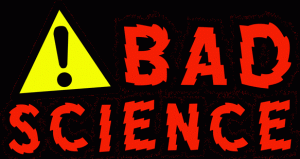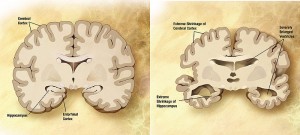Scientific literacy is a big part of science education; the ability to recognize pseudoscientific beliefs from scientific facts and theories is essential for science students. photo credits: openparachute.wordpress.com
In an attempt to retrieve interesting blogging topics, I spent part of my weekend scouting through scientific magazines (mostly on-line but also in prints). And it was awful.
First try, I found a newspaper article describing a link between global warming and skin cancer. According to this article, since global warming increases the earth’s average temperature, it affects the cloud formation at the poles, which in turn interacts with the ozone layer and increases the size of the ozone hole, which allows more UV radiation and may explain the increase cases in skin cancer reported in the US and Europe. For a while, I searched for the sources they cited, but to no avail. It turns out, they were citing from a draft from WMO (World Meteorological Organization) that is not yet released to the public. Thus, there wasn’t a way to verify the information. In addition, the author’s name was not specified.
In retrospect, this article can be easily identified as BAD SCIENCE. However, in the mist of my excitement on that tired bus ride home, the science sounded great. I even convinced myself that I to buy more sunscreen for this summer (to prevent damage from the extra UV rays). My point is, scientific babbles can appear anywhere and everywhere and at a time when we are least expecting.
Identifying GOOD SCIENCE
According to the library resources available here, and through our course blog, we can evaluate our readings using AACCOP.
A- AUTHOR or SOURCE
A responsible scientist will stand behind him/her article, and be backed by a notable organization.
A- ACCURACY
Good science is always falsifiable. Find the source of the information, and verify it for yourself.
C –CURRENCY
Science is always advancing; what was true ten years ago might now be obsolete.
C –COVERAGE
Is the research completed or only in progress? A hypothesis may only be a “guess” until the final conclusion.
O –OBJECTIVITY
Sometimes enthusiasm can cloud one’s good judgement. A scientist should present the research with disinterestedness.
P -PURPOSE
Could there be a hidden agenda? Are the scientist hired by a neutral party? Or by the pharmaceutical companies themselves?
Lastly, just remember, we should always approach findings with a healthy dose of curiosity and skepticism. Good luck for everyone doing research!






